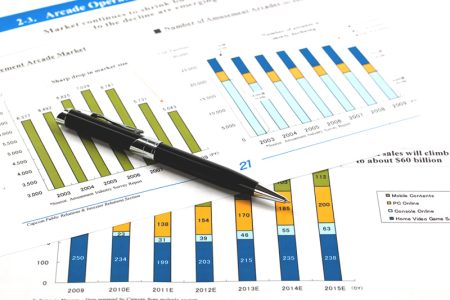US Treasury bond prices have witnessed a historic drop due to the US government’s extensive borrowing plans, leading to yields reaching their highest levels since the global financial crisis. From August to October, the yield on benchmark US Treasuries rose by a percentage point, contradicting expectations that the Federal Reserve’s interest rate hikes were coming to an end.
Investors anticipate prolonged high US interest rates, driven by a robust US economy and fresh debt issued to tackle a significant budget deficit. The International Monetary Fund (IMF) estimates that the US government budget deficit will surpass 8% of GDP this year, with net borrowing maintaining a high level at 7% of GDP over five years.
Janus Henderson identifies the unsustainable fiscal framework as a major factor contributing to bond fears. As the Fed halts bond purchases and its long-term debt securities holdings surpass $7 trillion, demand has lessened.
The US Treasury’s decision to issue $1 trillion worth of bonds in three months has heightened buyer apprehensions. Despite Japan decreasing its Treasury holdings by 6% and Chinese ownership falling by 14%, Goldman Sachs analysis reveals that American households and hedge funds now hold 9% of the Treasury market.
T Rowe Price (NASDAQ:) underscores the problematic nature of supply increase for bond yields and points to large investors’ worries about the US Treasury market.
Nevertheless, Jupiter Asset Management, Academy Securities, and commodity trading advisers maintain that US Treasuries will always find demand given their significant role in the global economy.
This article was generated with the support of AI and reviewed by an editor. For more information see our T&C.
Read the full article here




